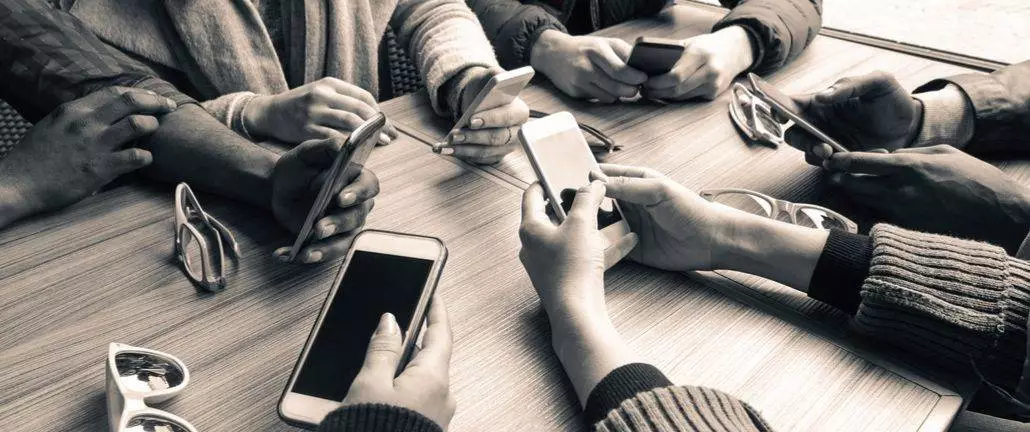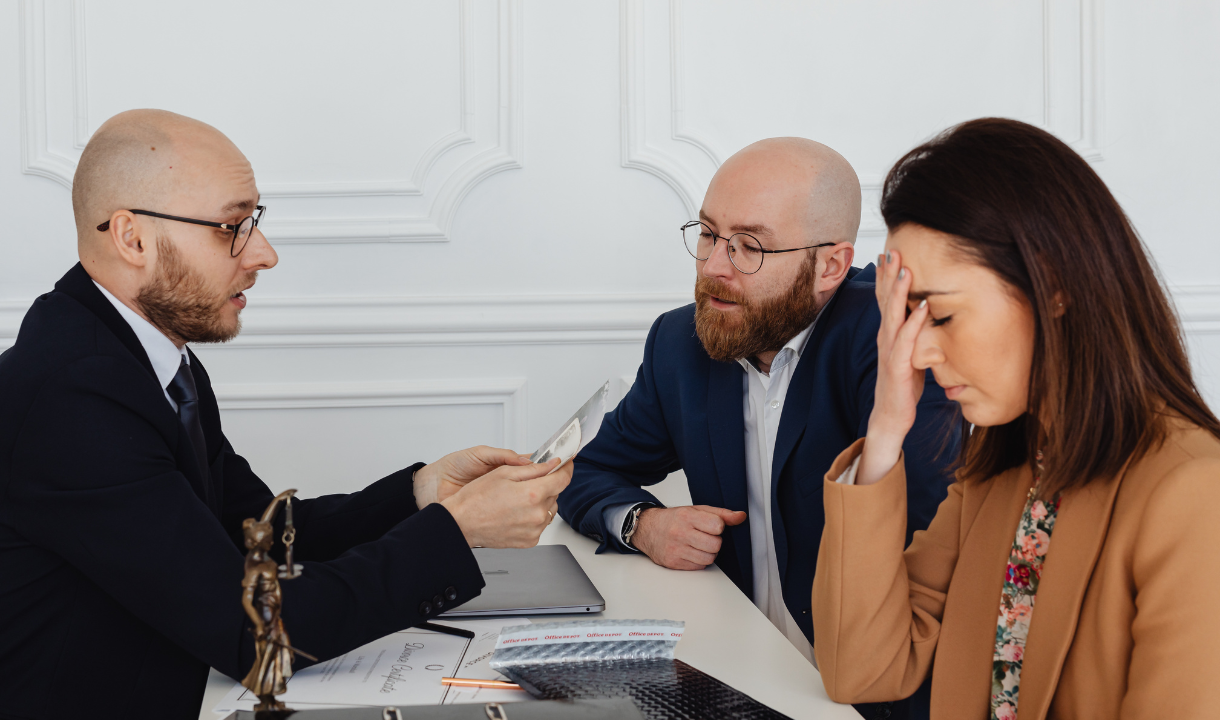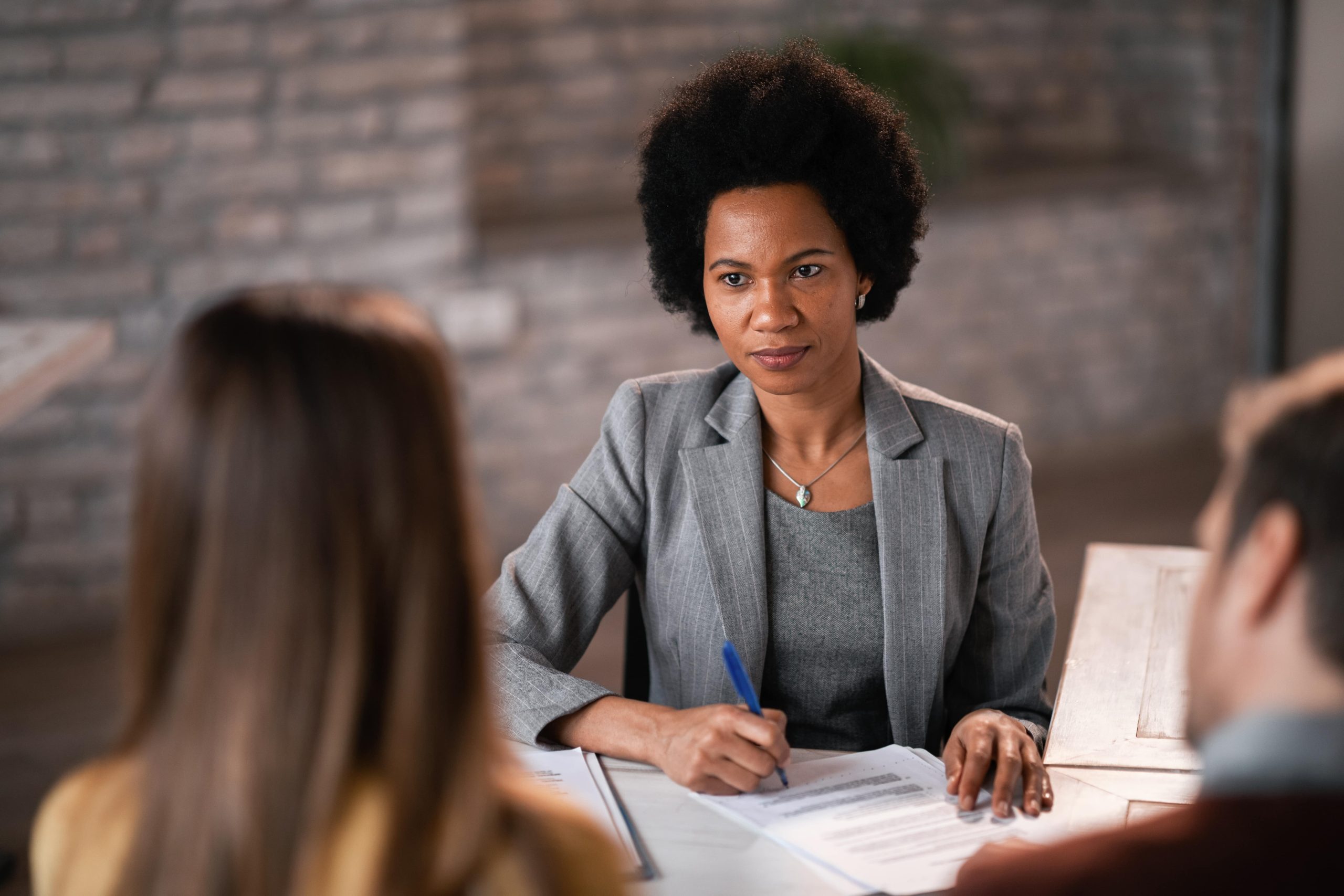The words “domestic violence” tend to conjure images of physical violence and abuse. In our highly connected world, abusers also can use technology against victims to monitor, threaten, harass, and hurt them. They may install spyware on victims’ phones and impersonate them on social media to humiliate them.
Technology has become a large part of everyone’s lives. The behaviour is the abuser’s actions and can include stalking, defamation, bullying, sexual harassment, exploitation and hate speech. Each behaviour may be repeated with varying frequency and can be conducted using one or more forms of technology, such as social networking sites, social media sites or entertainment platforms. An abuser’s need to exert power and control over an individual lies at the root of domestic violence. For victims, technology abuse often exists within a larger web of harm. If someone is experiencing technological abuse, they may also be experiencing other forms of abuse such as physical violence or emotional abuse.
Every victim is impacted in some way by their experience. Some victims have reported being coerced into giving abusers passwords under threat of physical harm. Abusers will get into their phones, read messages, and delete contacts if they don’t approve of certain people. But often, technology abuse is covert, compromising victims’ devices or accounts without their knowledge or consent. Spyware may in some instances run in the background, so unless one knows what they are looking for, one may not even know that spyware is on their device.
The impact of technology abuse can include significant harm to an individual’s physical and mental health, social status and economic opportunities, and, in some cases, have led to death.
The growth of social networking sites, social media sites and information and communication technology has created enormous opportunities for social and economic participation around the world. However, they have also ushered in new forms of violence. More research and programming are critical to ensure that these spaces are safe, inclusive and conducive to growth.
For direct answers to your specific personal questions, please contact us directly.
Read more about our legal services.
Author – Kate Bailey – Hill




